1. Bloodletting

For centuries, doctors believed that draining blood from the body could cure just about anything. Whether someone had a fever, infection, or even mental illness, the solution often involved cutting open a vein and letting the blood flow. The idea was based on the belief that imbalances in the body’s “humors” caused disease, and blood was seen as the easiest to control shares Wikipedia.
Unfortunately, bloodletting often made patients much worse. Weak and dehydrated, many people couldn’t recover from the very treatment that was supposed to save them. Some even died from the procedure itself. It wasn’t until modern medicine advanced that doctors finally realized losing blood was rarely helpful. Today, bloodletting is mostly a relic of the past, though a few rare conditions still use it under strict supervision adds Britannica.
2. Mercury Treatments
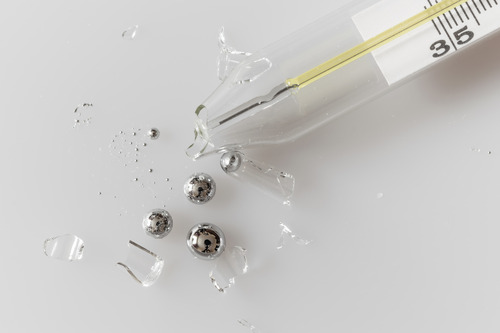
At one time, mercury was thought to be a miracle cure, especially for syphilis. Patients were given mercury ointments, pills, and even vapors to breathe. The logic was that mercury could purge the body of the disease, though no one fully understood the dangers says Cleveland Clinic.
Sadly, mercury poisoning often caused severe side effects like kidney damage, tremors, memory loss, and even death. Many patients ended up far sicker than they were before treatment. It’s heartbreaking to think how many lives were shortened by this toxic metal. Today, we recognize mercury as a dangerous substance that has no place in medicine adds WebMD.
3. Trepanation

Trepanation involved drilling or scraping a hole into a person’s skull. Ancient doctors believed this could release evil spirits, relieve pressure, or treat mental illness and seizures. It sounds terrifying, but it was surprisingly common in various parts of the world.
While some people may have survived the procedure, many likely died from infections or trauma. Without modern surgical tools or anesthesia, the risks were enormous. Today, brain surgeries are performed with incredible precision, but trepanation as it was once practiced is long gone. It remains one of the most extreme examples of early medicine gone wrong.
4. Arsenic Remedies
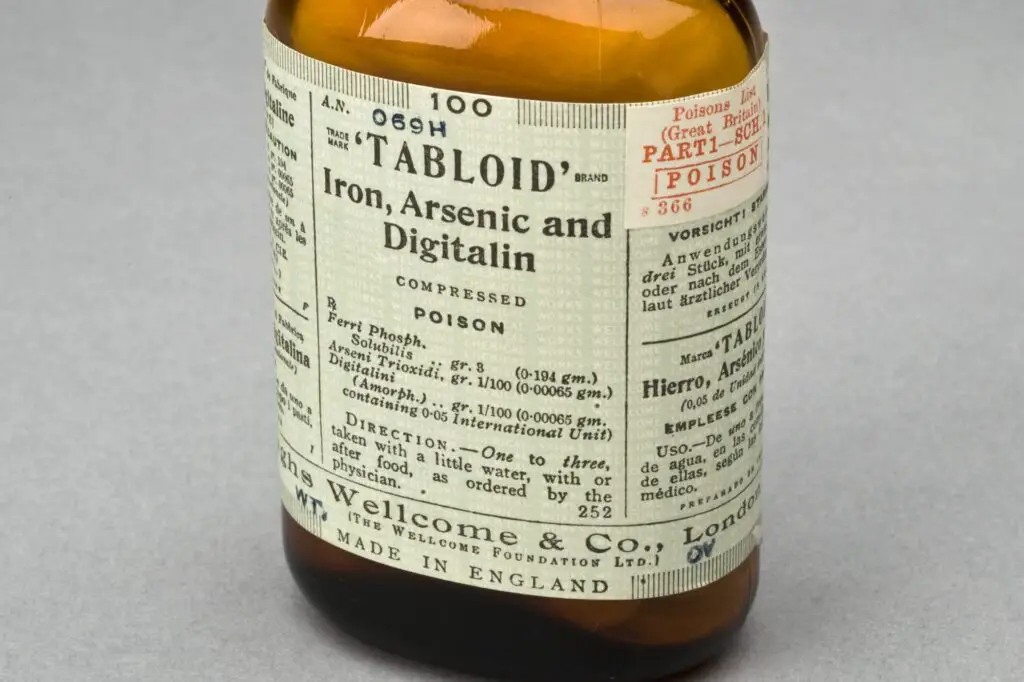
Arsenic was once a popular ingredient in medicines, touted as a cure for everything from asthma to cancer. It was even found in some beauty products to give skin a pale glow. Small doses were thought to stimulate the body, but the risks were dangerously underestimated.
Prolonged exposure to arsenic led to symptoms like vomiting, diarrhea, skin lesions, and organ failure. Some patients suffered slow, painful deaths without realizing their treatments were to blame. Today, arsenic is recognized as a potent poison, and its use in medicine has been completely abandoned. It’s another case of a dangerous substance once seen as a cure-all.
5. Smoking for Asthma

Believe it or not, there was a time when doctors recommended smoking to treat asthma and other respiratory problems. Special asthma cigarettes, often containing herbs like belladonna or even tobacco, were marketed as a way to open up the lungs.
In reality, these cigarettes did far more harm than good. Smoking irritated the lungs, worsened breathing, and led to long-term damage. For many patients, what was supposed to be relief actually made their condition worse. Thankfully, we now understand that smoking is one of the worst things you can do for your lungs.
6. Lobotomies
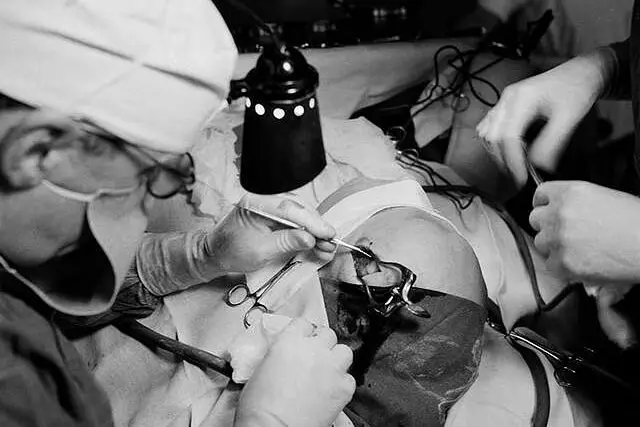
During the mid-20th century, lobotomies were seen as a groundbreaking solution for mental illness. The procedure involved severing connections in the brain’s frontal lobe, often with an ice pick-like instrument inserted through the eye socket.
While some patients showed temporary improvement, many were left with severe cognitive impairment, emotional blunting, or even permanent disability. Families were often desperate for any hope, not realizing the high price their loved ones would pay. The practice was largely abandoned as safer and more effective treatments for mental health emerged. Today, lobotomies are remembered as a dark chapter in psychiatric care.
7. Radioactive Cures
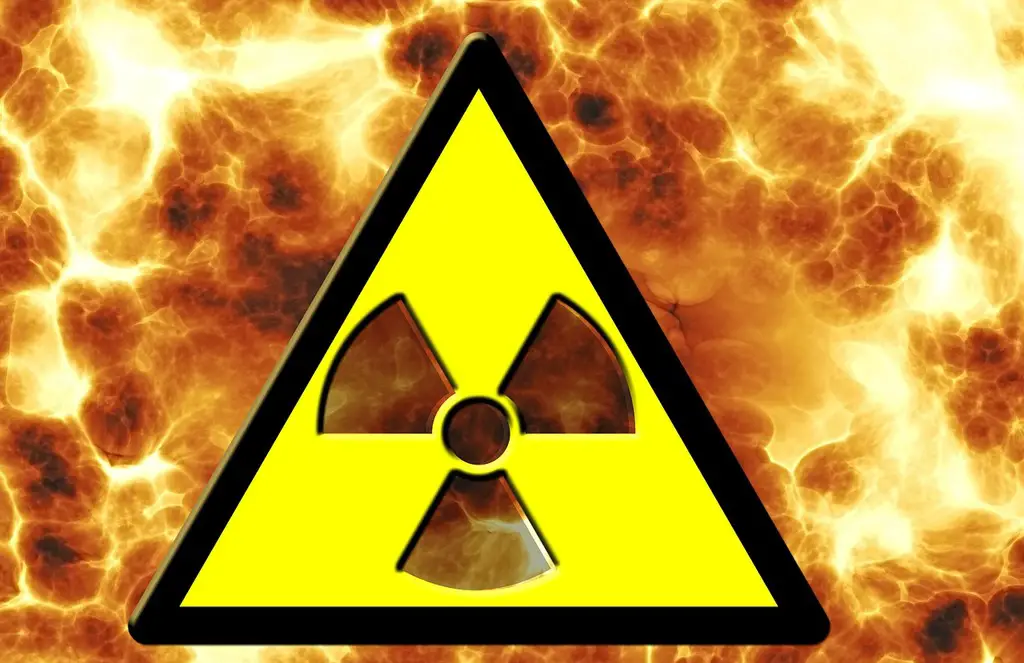
When radioactivity was first discovered, it was hailed as a wonder of modern science. Products infused with radium or other radioactive materials promised to boost energy, cure ailments, and even improve beauty. People drank radioactive water and used glowing creams without knowing the dangers.
Over time, the devastating effects of radiation exposure became tragically clear. Victims developed cancers, anemia, and horrifying tissue damage. Some of the most famous cases, like the “Radium Girls,” highlighted the deadly consequences. Now, we handle radioactive materials with extreme caution, fully aware of their potential harm.
8. Lead-Based Treatments
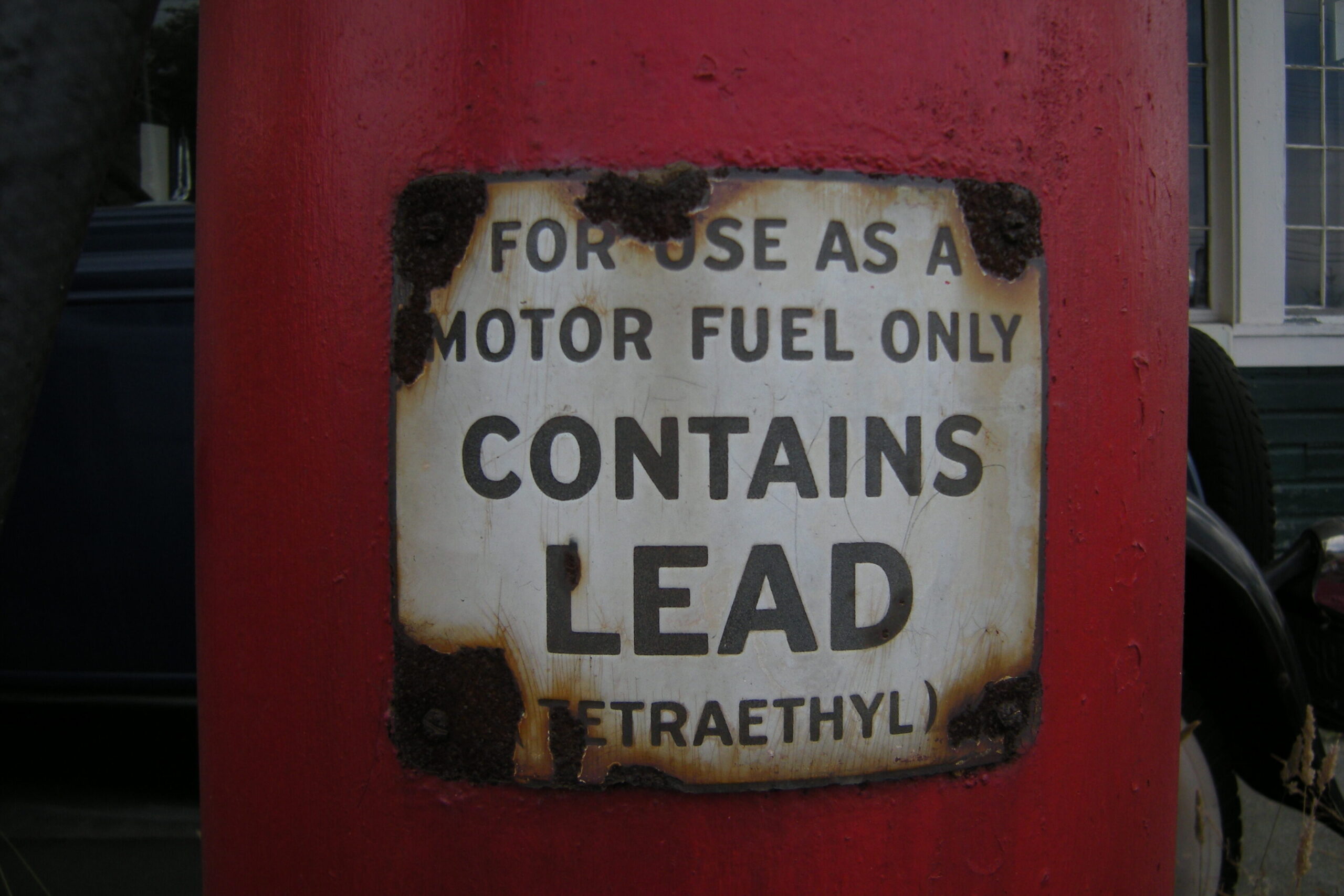
Lead was once a common ingredient in medicines, cosmetics, and even food additives. It was believed to have healing properties and was used to treat everything from indigestion to infertility. In reality, lead poisoning was silently wreaking havoc on patients’ bodies.
Symptoms like abdominal pain, cognitive decline, and kidney damage were common, but the connection to lead wasn’t always understood. Many people suffered long-term health problems or died as a result. Today, we know that even small amounts of lead can be toxic, and its use has been strictly limited or banned in most products.
9. Electric Shock Therapy

Electroconvulsive therapy (ECT) was once widely used for a variety of mental illnesses, often without proper anesthesia or consent. Patients were subjected to intense electric shocks that caused seizures, sometimes multiple times a week.
While some did experience temporary improvement, many others faced memory loss, confusion, and lasting cognitive issues. The treatment was often terrifying and traumatic for those who underwent it. Modern versions of ECT are far safer and more controlled, but the early days of electric shock therapy left a painful legacy in psychiatric medicine.
10. Heroic Medicine

In the 18th and 19th centuries, “heroic medicine” was a term used for aggressive treatments like massive bloodletting, blistering, purging, and vomiting. Doctors believed that violently forcing the body to rid itself of illness was the best approach.
Unfortunately, these harsh methods often weakened patients to the point where their bodies could no longer fight the actual disease. Many people died not from their original illness, but from the extreme treatments they received. Over time, a gentler, more scientific approach to medicine replaced these dangerous practices.
11. Snake Oil Remedies
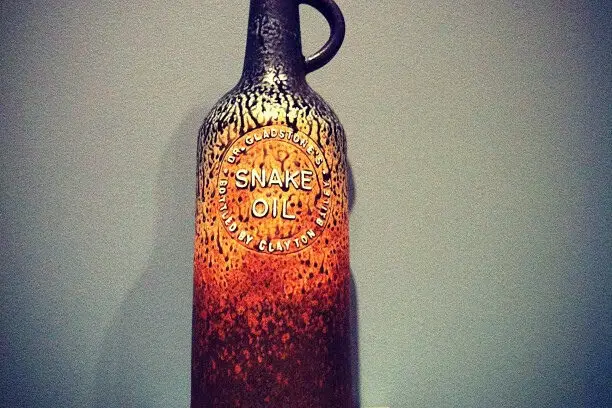
Snake oil salesmen promised miracle cures for every imaginable ailment. These tonics often contained alcohol, opium, or other addictive substances that made people feel temporarily better, but did nothing to actually cure disease.
People desperate for relief often spent their savings on these worthless concoctions. Worse, some became addicted or suffered from toxic effects. The term “snake oil” remains synonymous with fraud today. Thanks to regulations and scientific testing, modern consumers are far less likely to fall for such dangerous scams.
12. Vibrating Belt Machines

In the early 20th century, vibrating belt machines became a popular way to lose weight and improve health without exercise. People would stand while a belt shook their midsection, supposedly jiggling fat away and stimulating circulation.
While it might have felt like something was happening, these machines did little to promote actual weight loss or improve fitness. Many people wasted time and money chasing results that never came. Today, we know that lasting health changes come from proper diet and exercise, not passive shaking machines.
